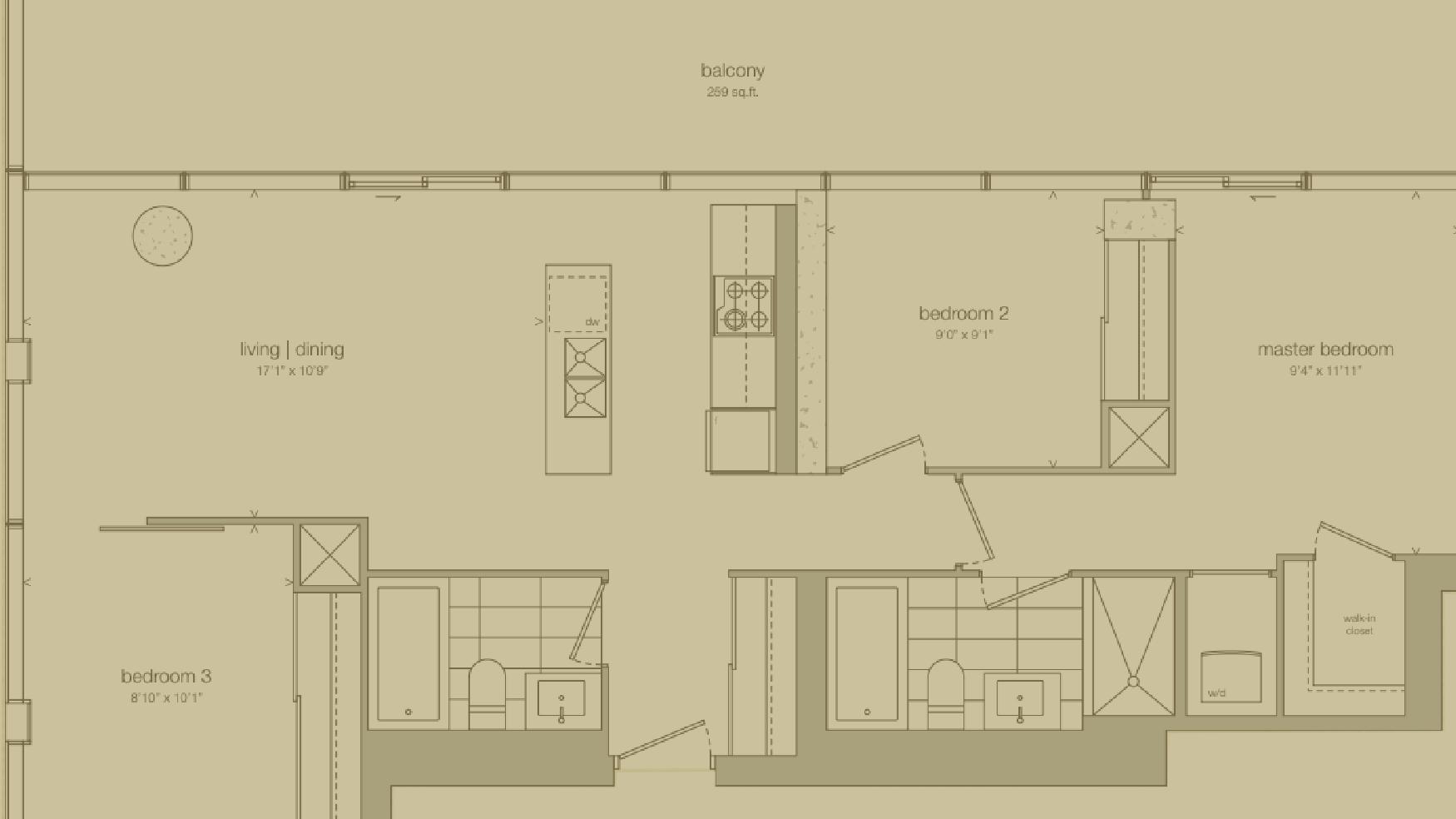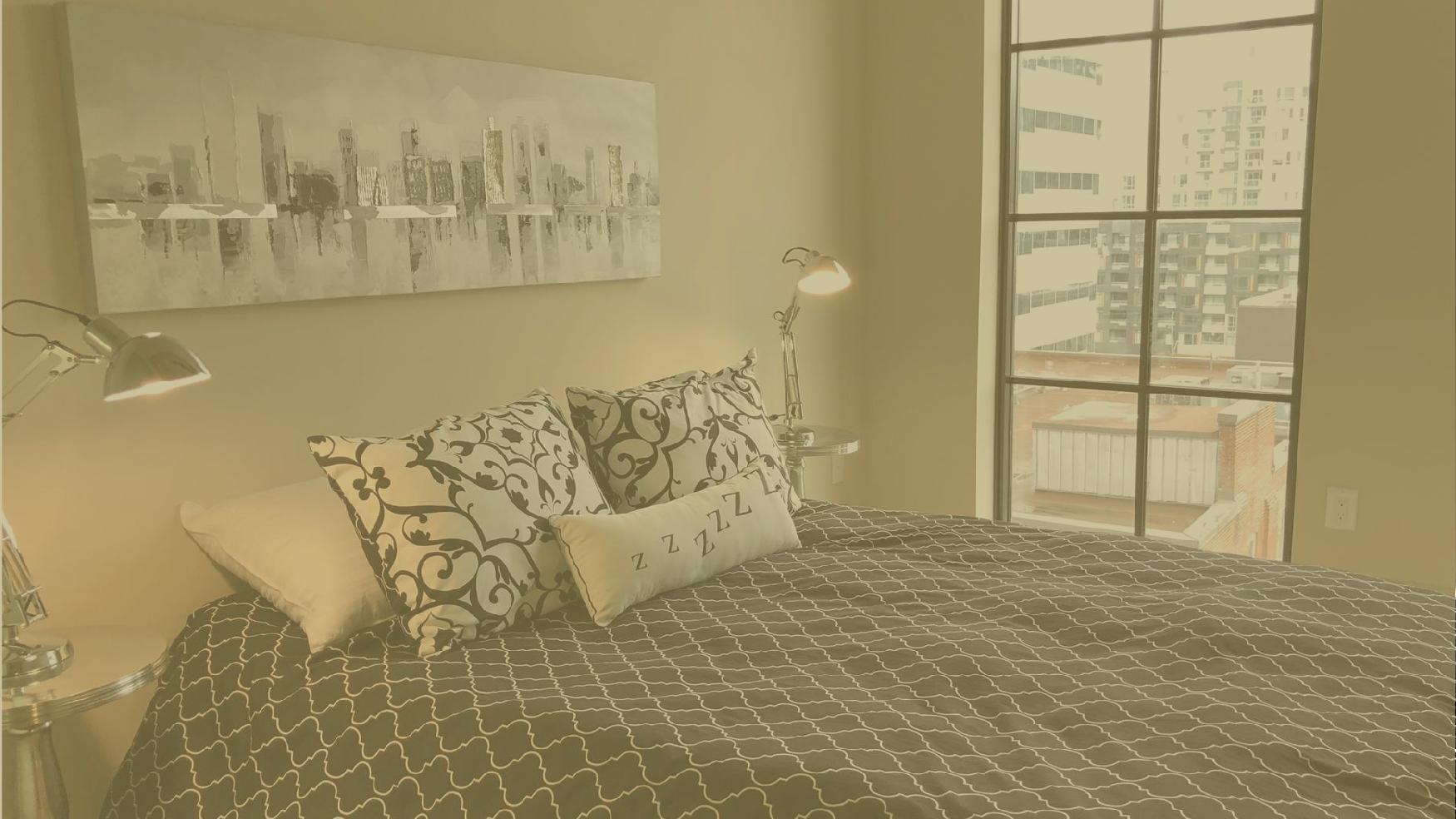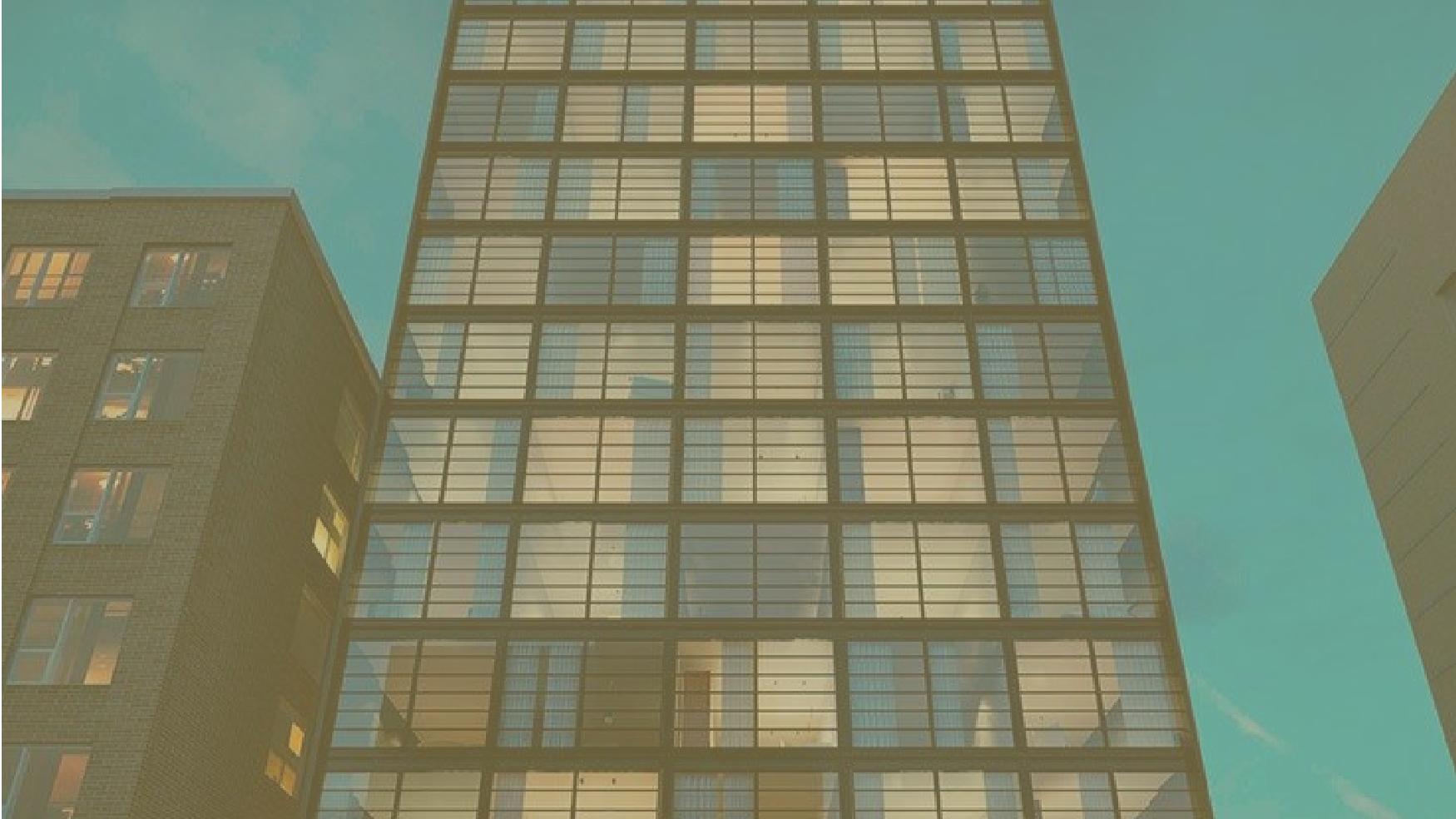A recent survey conducted by the Financial Consumer Agency of Canada found that:
50% of Canadians don’t understand what a Home Equity Line of Credit (HELOC) is.
50%
Let that sink in.
If you’re one of the 50% that are unaware of the intricacies of a HELOC, then you’re not alone. The good news is, I can help you. By the time you finish reading this article, you will know exactly what a HELOC is!
Let’s begin…
What is a Home Equity Line of Credit (HELOC)?
A home equity line of credit (HELOC) is similar to a credit card with the distinction being that the HELOC uses the property you currently own as security.
You can use as much or as little of the HELOC as you choose for any and all purchases and you pay back what you have used, with the minimum payment being the interest on the amount that you have withdrawn.
Two Types of HELOC’s
There are two types of HELOC’s according to the Financial Consumer Agency of Canada.
- Definite term HELOC – HELOC must be paid back in full by a predetermined date (depending on the lender, it may be between 5 to 25 years). The period during which you can use funds up to your maximum credit limit and only pay interest on what you use is called the “draw period.” If you pay back what you used during the draw period, then you can keep withdrawing funds again and again right up until the maturity date.
- Indefinite term HELOC – Most Canadian lenders offer this type of HELOC. It is similar to a credit card in that it is revolving credit and there is no maturity date. Funds are available to you up to the maximum amount that you have been approved for. You can borrow up to maximum amount that you qualify for then decide to pay only interest payments on the amount you used, or pay down the principal with the benefit being that you can use the capital again. You can repeat this cycle for an indefinite amount of time (usually set by your lender).
WHAT IS THE MAXIMUM AMOUNT YOU CAN ACCESS THROUGH A HELOC?
In Canada, you can access up to 65% of the value of your home through a home equity line of credit.
It is important to note that your HELOC plus any outstanding balance you still have left on an existing mortgage cannot equal more than 80% of the value of your home.
An easy way to figure out how much equity you might have access to from your home is to take the current market value of your home (If you don’t know what that value is, email me and I’ll send you a ballpark figure!) and multiply that by 80%. Subtract the balance from that amount plus any existing mortgage you still have left on your home. What is left over is how much you might be able to access through a HELOC.
HELOC Example
Owner 1 has managed to completely pay off their mortgage on their primary residence in Markham that was recently appraised for $1 Million dollars!
Owner 1 then goes out and qualifies for a HELOC with an indefinite term and borrows up to the maximum 65% of the appraised value of their home.
$1,000,000 x .65 = $$650,000
Owner 1 now has access to an amount up to $650,000, which they can use toward down payments for pre-construction condos and will be well on their way to a secure retirement (more on that later!)
As long as that amount isn’t more than 65% of the value of your home, then you are a prime candidate for a HELOC! Want to know for sure? Just divide the HELOC amount by the current market value of your home and if it’s 65% or less, then you are in good shape.
TIP: Your lender will require an official appraisal on your home and the amount of funds they will lend you will be dependent on that value.
How Do You Pay Back Your HELOC?
If you use any portion of your HELOC, it will trigger the need to start making monthly interest-only payments. The interest-only payments are calculated only on the amount that you have withdrawn. Typically, the interest you pay is a variable rate based on Prime. HELOC rates are traditionally higher than a variable mortgage rate, but the biggest difference is that unlike a variable mortgage rate, it’s relationship to Prime doesn’t always stay the same, so your monthly interest-only payment will vary month to month. Typically the rate is prime plus one, or prime plus half, depending on the lender.
If you wanted to pay the balance in full all you would need to do is make extra payments, over and above your interest-only payment, that can be applied directly to your principal. When you put money towards your principal those funds go back to your line of credit amount and you can use it again.
THE NEGATIVES OF A HELOC
Since a HELOC is very similar to a credit card, if you are not careful, having the ability to access credit easily can be detrimental. If you’re not very good with credit, ie. making impulse buys, carrying a high balance or not making repayments on time, then a HELOC might not be the best option for you.
Since HELOC’s are based on current interest rates, your monthly interest-only payments can fluctuate. If you are not prepared for an amount that can go up $20-30 dollars per month then this might not be the best option for you. The good news is, although there is the potential for interest rates to increase, the risk is minimal as the Bank of Canada has traditionally not increased interest rates wildly.
The potential problem of using a HELOC for investment purposes is when you use too many HELOC’s on multiple properties. If the Bank of Canada should increase the Prime interest rate, then the potential to miss a payment on one of your HELOC’s becomes increasingly possible which could ultimately affect your credit score.
Remember, when it comes to utilizing HELOC’s for investing purposes, as long as your investment brings you a higher return than your overall cost for borrowing the money, then you are in a very good wealth building position.
Where Do I Get a HELOC?
Check out the best current HELOC rates at ratehub.ca
If you have any questions about HELOC’s call, text, or email me anytime!


